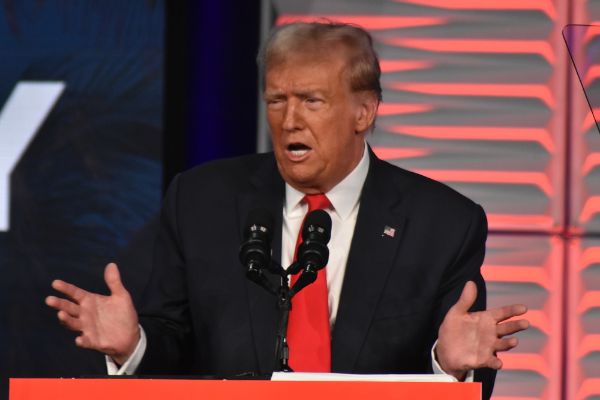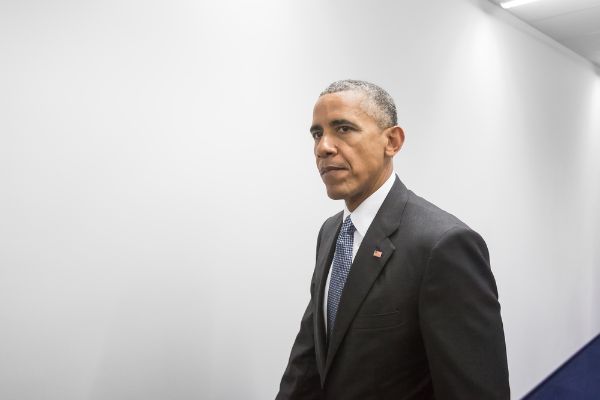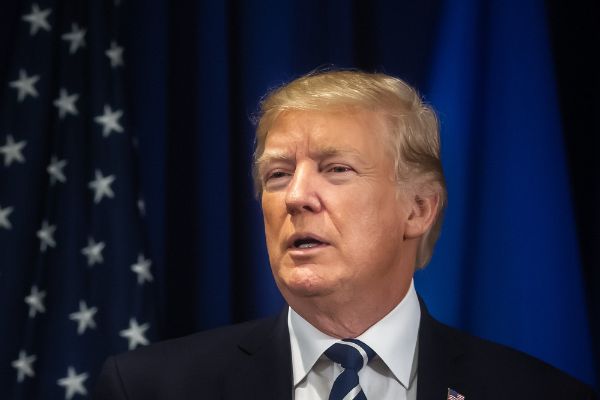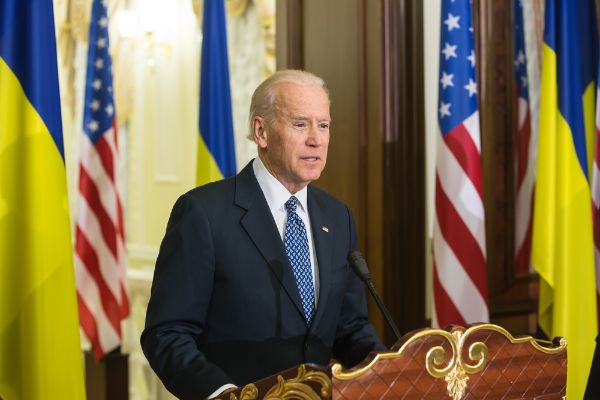The Republican National Committee (RNC) and the campaign of former president Donald Trump declared on Saturday night that a Trump fundraiser in Palm Beach, Florida, had raised over $50 million in a single night, setting a new record for a presidential campaign’s single-fundraiser.
Shortly after Democratic President Joe Biden broke the previous mark, raising a then-record $26 million when he spoke in New York City with former Presidents Barack Obama and Bill Clinton, Trump has now broken that record once again.
Nearly twice as many Republicans from the donor class turned to Trump for his Saturday night fundraiser as he did last month, when he surpassed the threshold of delegates required to be the presumed GOP nominee for president in a third consecutive election.
Senior campaign advisors to President Trump, Chris LaCivita and Susie Wiles, released a statement saying, “Tonight will be a great night for President Trump and the Republican Party, generating an unbelievable $50.5 million.”
Meanwhile, Donald J. Trump is winning poll after poll and demonstrating that the public is behind him after securing the nomination in one of the most quickly held primaries in contemporary political history. It is now more evident than ever that we have the means, the strategy, and the message to help President Trump win on November 5.
Speaking at the fundraiser, newly appointed RNC chairman Michael Whatley and co-chair Lara Trump—Trump’s daughter-in-law—also claimed that it showed the GOP united behind Trump and prepared to take on Biden.
Whatley and Lara Trump stated, “The success of tonight’s event is demonstrating what we already know: Americans are fed up with Biden’s record of failure, from the open southern border and sky-high inflation to the migrant crime issue that has left everyone less safe.” People are queuing up to join our campaign and finally put an end to Crooked Joe Biden as the Republican Party unites behind the drive to elect President Donald J. Trump.
The fundraiser took place at the Palm Beach house of hedge fund billionaire John Paulson, a potential contender for Secretary of the Treasury should Trump win the election again in November. Dubbed the “Inaugural Leadership Dinner,” a number of contributors maxed out at $824,600, the event’s maximum amount, in exchange for a “Chairman level” experience that included Trump dining with them.
Former first lady Melania Trump, along with three of Trump’s prior intra-party challengers for 2024, Sen. Tim Scott (R-SC), billionaire Vivek Ramaswamy, and North Dakota Governor Doug Burgum, were also present at the fundraiser.
The New York Post obtained a copy of the fundraising invitation, which features a who-is-who of big-name GOP donors, including former Sen. Kelly Loeffler (R-GA) and her husband Jeffrey Sprecher, Todd Ricketts, Scott Bessent, John Catsimatidis, and Harold Hamm.
This historic Saturday night event for Trump comes after the RNC and Trump campaigns revealed earlier this week that they had already collected $65.6 million in March and had $93.1 million in cash on hand.
On the other hand, the Democratic National Committee (DNC) and the Biden campaign declared at the end of March that they had raised a combined $90 million and had $192 million in cash on hand. Trump’s Saturday night event will significantly diminish Biden’s lead, and as the former president continues to raise funds and draw significant GOP donors after the primary concludes, Biden’s lead is likely to diminish.










